What's Dynamic Segmentation?
Published on September 11, 2018/Last edited on September 11, 2018/5 min read
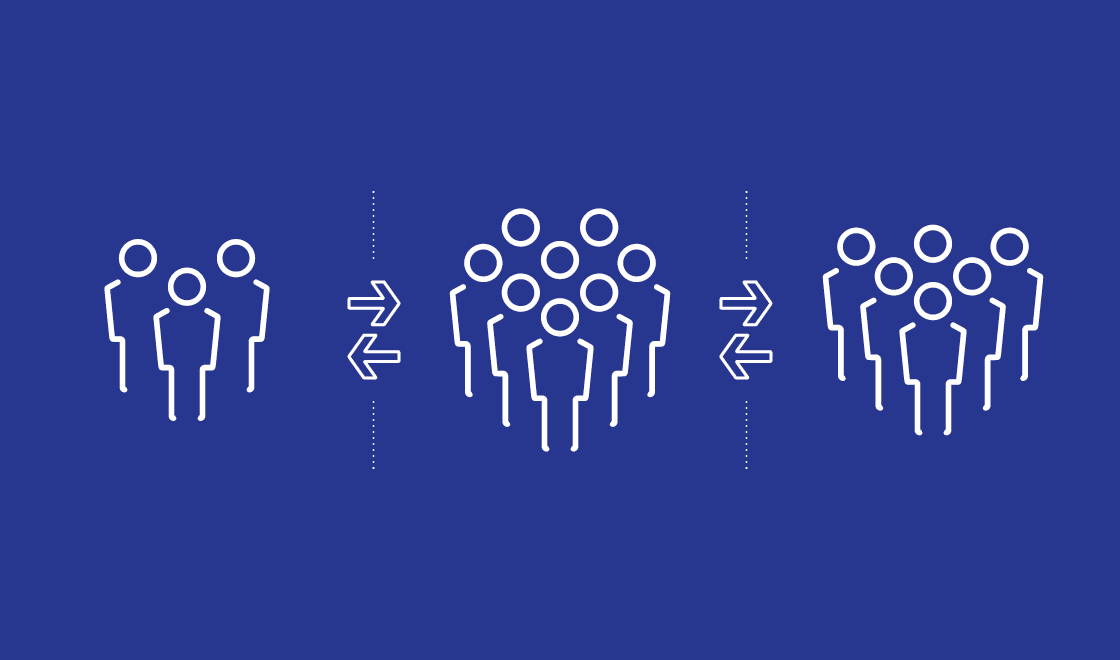

Jordan Houghton Mace
Customer Success Team Lead for Enterprise at BrazeQuick! Think of a brand that you love—ideally, one that you use a LOT (maybe you even fall into “power user” territory). Now, imagine that this brand sends you a message nudging you to complete a purchase that you made yesterday, discover an artist you’ve been listening to already, or try out a specific feature that you’ve been using for quite some time.
Something like this:
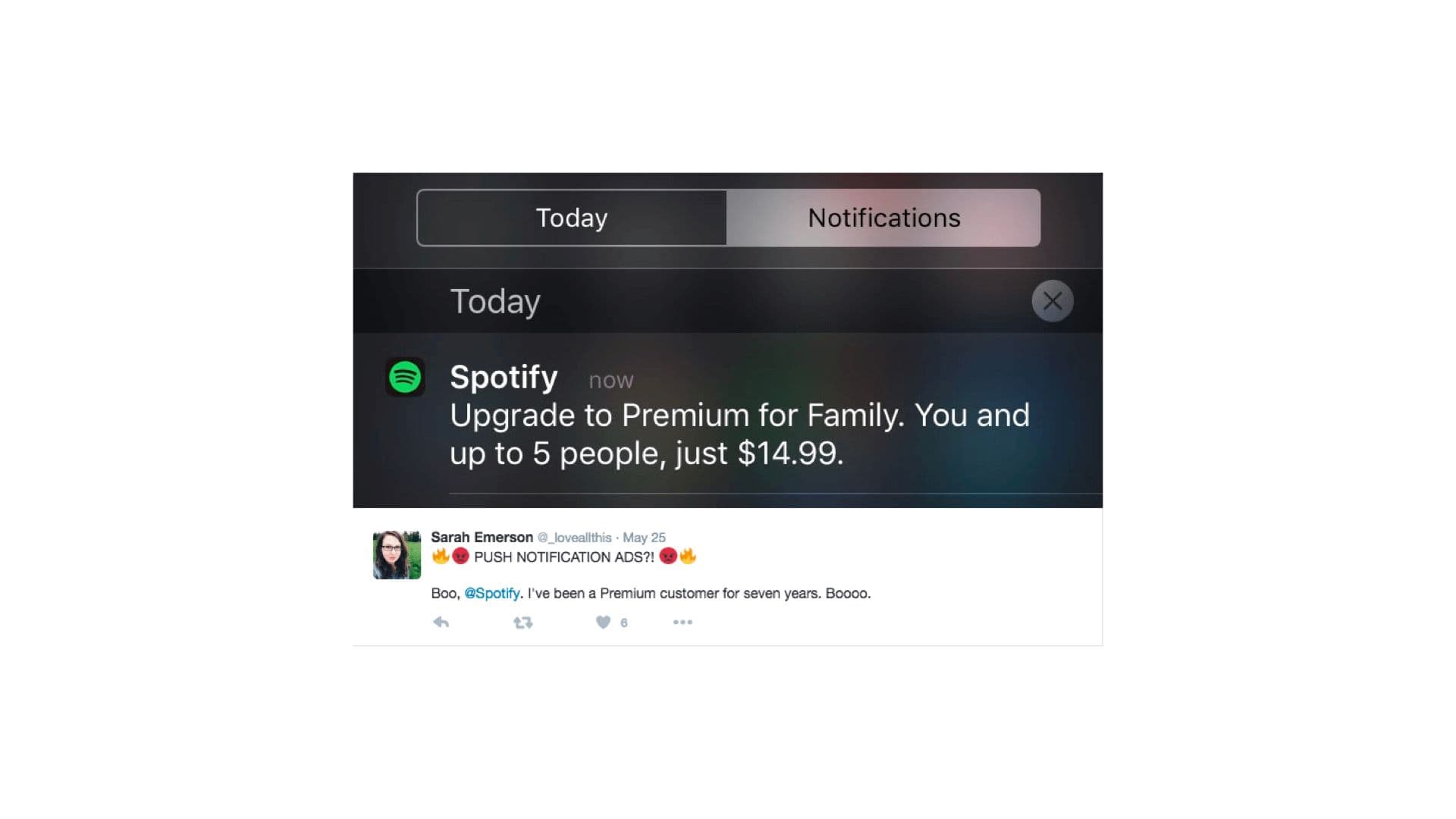
It feels like they don’t know you, right? Maybe it even made you question your relationship with the brand a little. That certainly seemed to be this Tweeter’s sentiment when Spotify sent her a message that was....not quite applicable to her user status.
Truthfully? This was a surprising miss for the brand, especially since they’ve proven their ability to sift through their massive amounts of data to find individual user-level insights about behaviors in their outdoor ad campaign.
Now, consider being able to target users with that level of specificity for every marketing campaign that you launch, every time. That concept is called dynamic segmentation.
So, what’s dynamic segmentation?
In its simplest form, a segment is a group of users that share something in common.
Instead of the static, list-based audiences of yesteryear, segmentation leverages real-time data to create constantly changing groups of individuals that move in and out of the target segment as they meet (or fail to meet) the defined criteria. This level of fluidity is what makes the segmentation dynamic, and each segment can be personalized to fit the needs of your brand.
Dynamic segmentation is powerful because it empowers marketers to create and target audience cohorts based on recent actions and stated preferences, as opposed to sending the same message to your entire user base and potentially alienating your customers.
Wait, so you’re saying mass blast messaging should be avoided?
Yes. Si. Oui.
Instead of sending one-size-fits-all messaging to your users, consider how leading South African streaming brand Showmax used segmentation to more effectively target their users at scale.
Using Braze, Showmax created a complex and effective segmentation system to provide personalized and engaging cross-channel messages—including emails, push notifications, and in-app messages (IAM)—to their users based on each recipient's lifecycle stage, content preferences, and more. Not only did they provide a better user experience, they also increased their ROI by 37% and saw a massive 204% increase in subscribers.
Got it. So how should I get started?
When creating segments, first consider the call to action for your messages and the specific conversions you’re nudging users to complete.
If you’d like to focus on inspiring certain behaviors, leveraging previous user activity would be a great place to start. You can target lapsing users by recognizing how long it’s been since they’ve last visited your app or website and how many days have passed since their most recent purchase was completed.
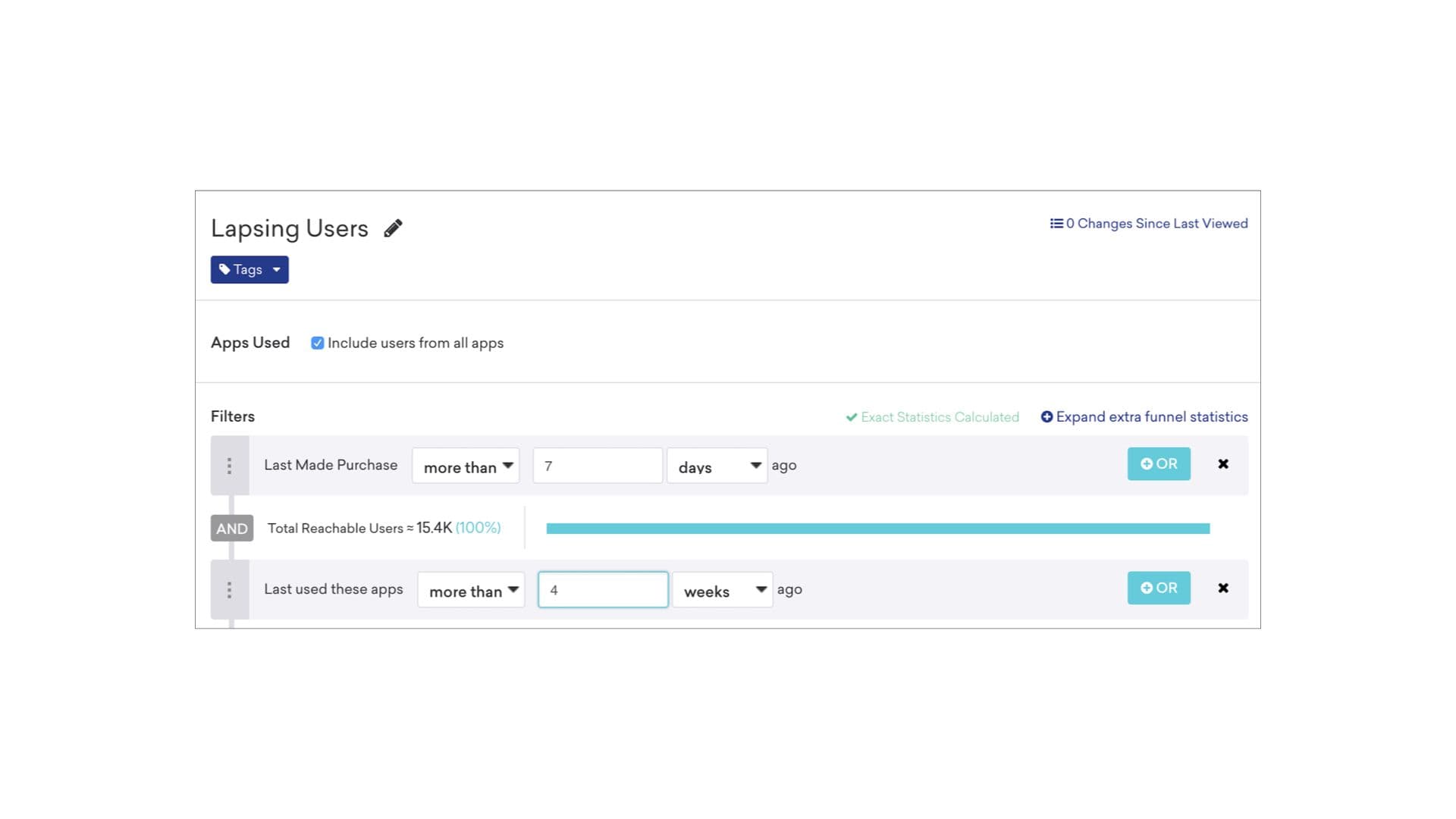
As users log a new session or complete a purchase, they’ll no longer meet the requirement for the Lapsing Users segment and will be removed. These real-time updates ensure you never accidentally send a “We miss you! Enjoy 10% off” message to the wrong audience. Dynamic segmentation, for the win!
How else can I create audiences to meet my brand’s specific needs?
Data is at the core of every marketing strategy, and there are two key types of custom data necessary for personalizing audiences: attributes and events.
Custom Attributes:
At Braze, we like to consider Custom Attributes as the adjectives that help define your users and give you a better understanding of their preferences and engagement.
For example, you could target your users based on their:
- Last-searched category
- Location
- Highest level completed
- Preferred language
- Number of loyalty points
- Favorite restaurant
If you’re a media company, you could focus on increasing premium subscription rates by specifically sending messages outlining the value of the subscription to users that have demonstrated interest in your content.
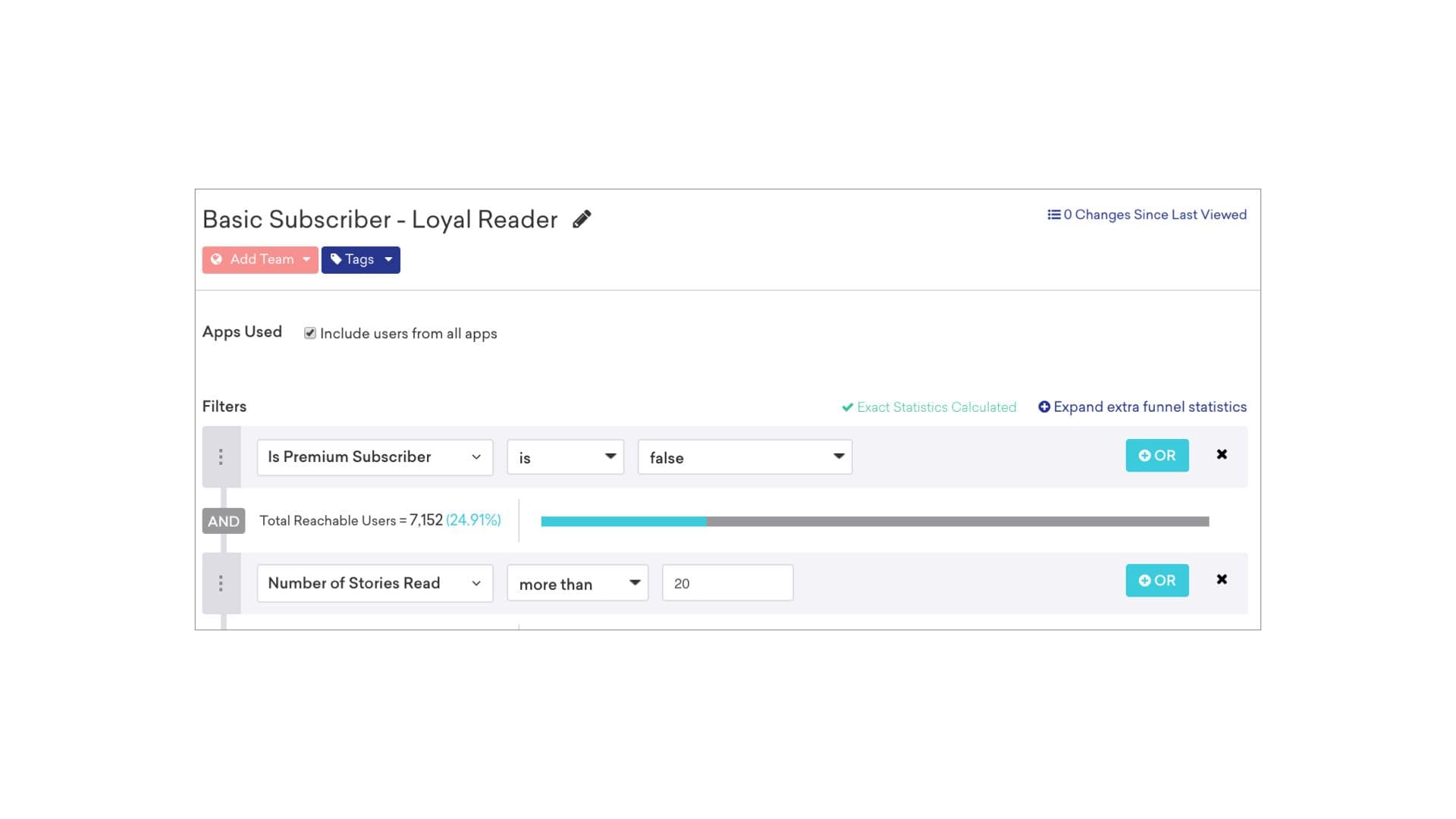
Custom Events:
Whereas Custom Attributes are the adjectives that define your users’ preferences, Custom Events are the verbs that track your users’ behaviors and interactions with your brand.
For example, you could target your users when they:
- Add an item to their cart
- Refer a friend
- Complete their registration
- Favorite an artist
- Answer an NPS survey
If you’re a travel and hospitality company, you could inspire users to share their reviews and ratings after a level of increased activity.
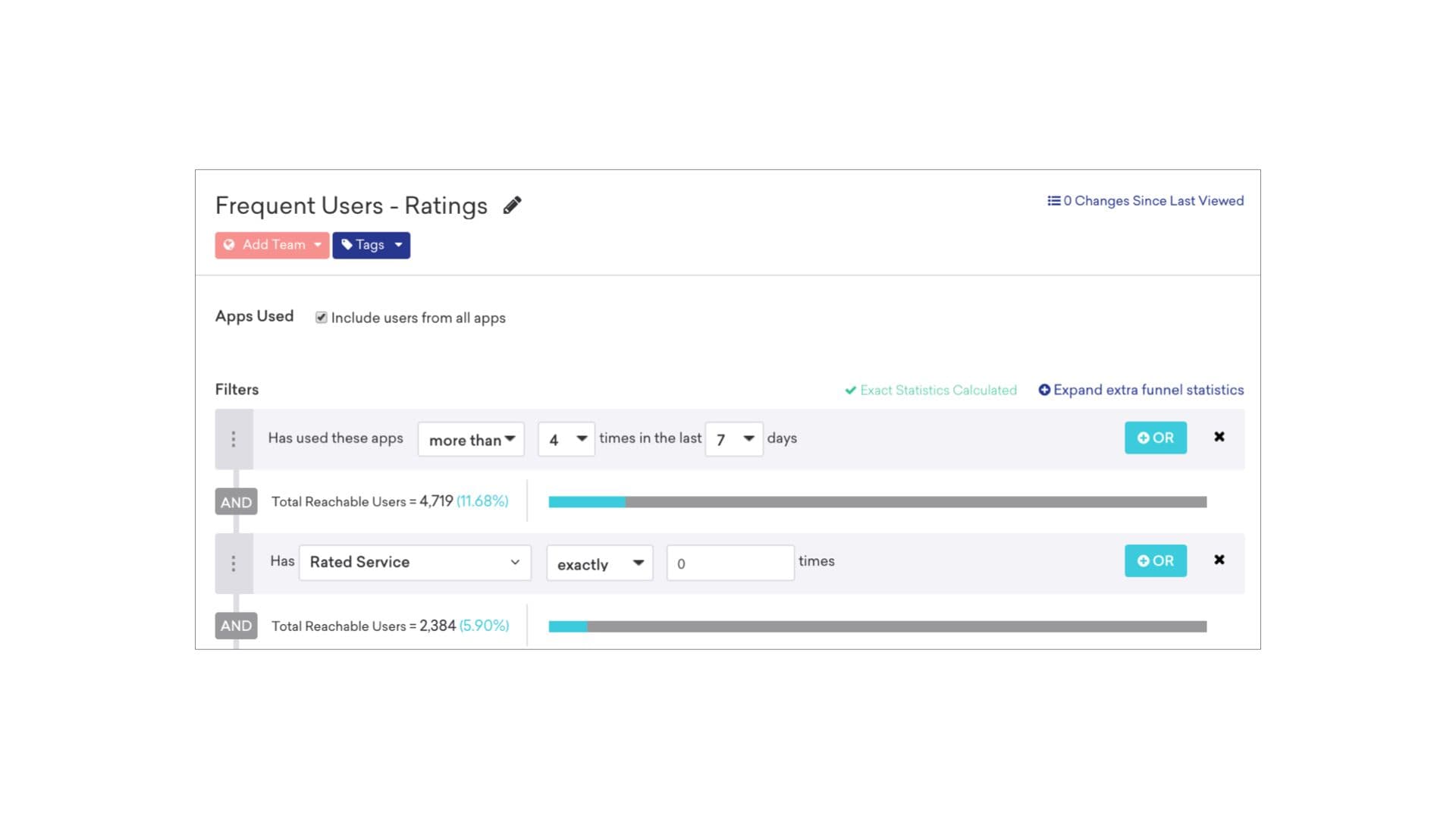
Final thoughts
Don’t leave money on the table; instead, retarget your users based on their engagement (or lack of interaction) with your marketing efforts. Onboard them effectively by recognizing if they’ve completed key actions that enhance the user experience and when they’ve stated their specific preferences. Identify them when they’re lapsing, and celebrate them when they achieve certain milestones.
Building relationships requires that brands listen to their users as much as they speak to them. Dynamic segmentation is here to help by recognizing what your users are telling you and shaping the appropriate audiences as you continue the conversation.
Related Tags
Be Absolutely Engaging.™
Sign up for regular updates from Braze.
Related Content
 Article5 min read
Article5 min readWhen buffer management goes wrong: Avoiding bias in AI decisioning models
January 13, 2026 Article9 min read
Article9 min readHow AI Decisioning Transforms Marketing (A Complete Guide)
January 08, 2026 Article6 min read
Article6 min readAI decisioning cheat sheet: How to crawl/walk/run with BrazeAI Decisioning Studioᵀᴹ
January 08, 2026